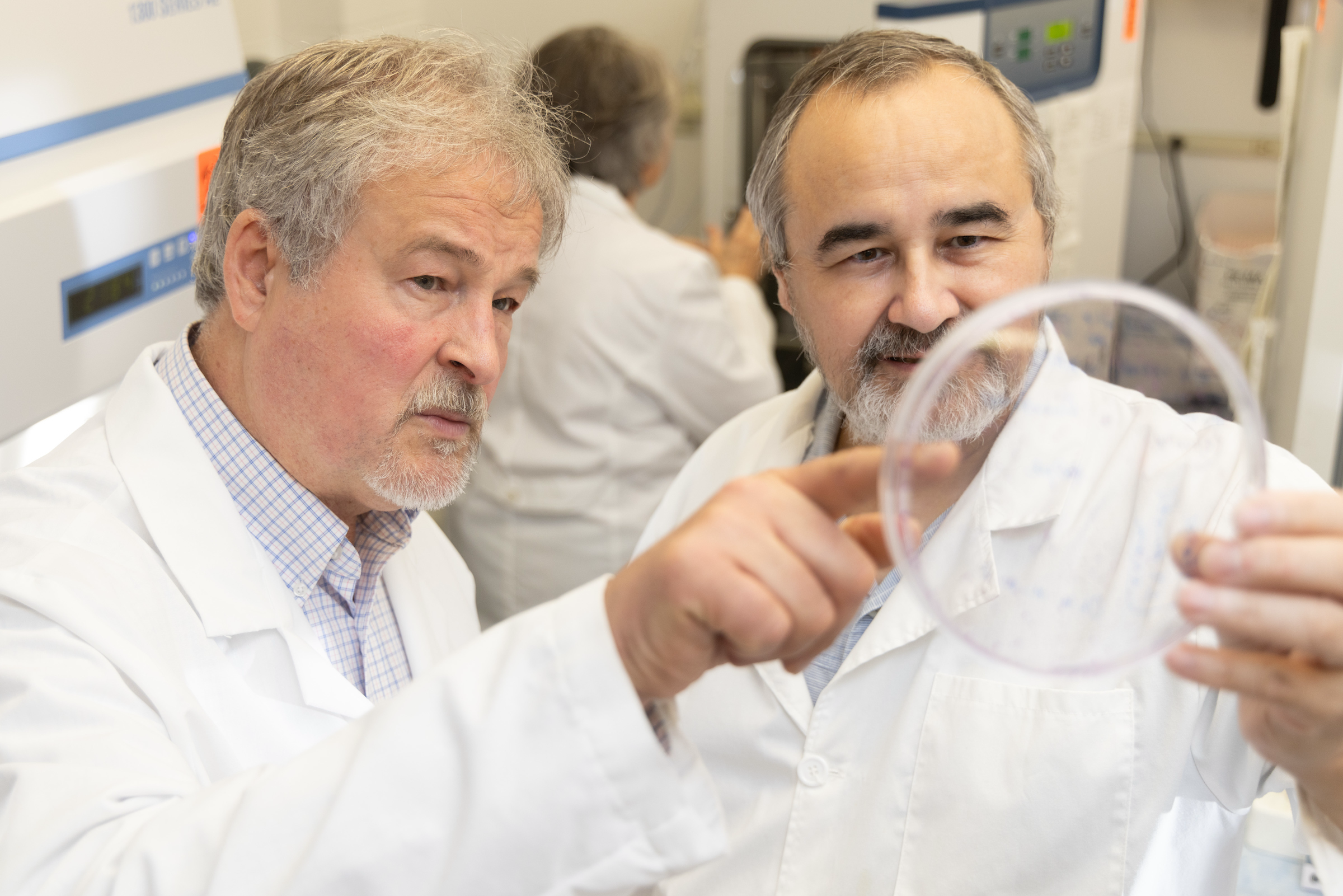USA scientist receives $1 million NSF grant to develop ‘designer’ mitochondria
MOBILE, Ala. – A grant from the National Science Foundation (NSF) will support scientists at the University of South Alabama Frederick P. Whiddon College of Medicine to create artificial “designer” mitochondria, enabling the development and testing of novel treatments for mitochondrial disease.
Mikhail Alexeyev, Ph.D., a professor of physiology and cell biology, is principal investigator of the project, titled “Designer Mitochondria for Biotechnology, Healthcare, and Basic Research.” Alexeyev was awarded $999,996 from the NSF’s prestigious and highly competitive Systems and Synthetic Biology program.
Synthetic biology is an interdisciplinary field that combines biology, engineering and computer science to design and construct new biological systems or modify existing ones. It involves creating synthetic DNA sequences and assembling them into organisms to perform specific functions, such as producing pharmaceuticals, biofuels or other useful products, Alexeyev explained.
“Essentially, it’s about engineering biological systems with precision to address various challenges and innovate new solutions,” Alexeyev said.
Some of the recent advances in synthetic biology include CRISPR genome editing and making synthetic bacterial genomes. The next horizon in synthetic biology is creating artificial “designer” organelles and whole cells, Alexeyev said. An organelle is a specialized structure within a cell that performs a distinct function essential for the cell’s survival and operation. Mitochondria, known as “powerhouses of the cell,” are an example of an organelle.
Remarkably, mitochondria are the only cellular organelles besides the nucleus with their own genome. This genome, called mitochondrial DNA (mtDNA), encodes several genes critical for energy production using a genetic code distinct from that used to encode all other cellular genes. mtDNA is essential for cellular function, and reduction in mtDNA content is associated with severe, irreversible, progressive, and ultimately lethal disease.
“Perplexingly, despite 97% genetic similarity between humans and orangutans, human cells reject orangutan mtDNA,” Alexeyev said. “This phenomenon, which our lab termed the Interspecies Barrier for mtDNA Replication (IBMDR), has not been studied in detail, and it prevents us from harnessing the existing natural diversity of mtDNA for the goals of synthetic biology.”
Alexeyev’s project aims to fill this critical gap. In the proposed studies, his team will take advantage of the recent discoveries and technological advances made in their lab. These include the identification of the first component of IBMDR and the development of a method for in-situ reverse genetic analysis of proteins involved in mtDNA replication to identify all components of IBMDR and to overcome rejection of human mtDNA by mouse cells.
“The successful completion of our studies will pave the way for creating artificial ‘designer’ mitochondria, advance our understanding of mtDNA maintenance, and enable the development and testing of novel treatments for mitochondrial disease,” he said.
Collaborators on the project are research associate Rafik Fayzulin, Ph.D., and research technologist Natalya Kozhukhar, Ph.D.
Alexeyev earned a Ph.D. from the National Academy of Sciences of Ukraine. He completed postdoctoral studies at the Texas Heart Institute in Houston. He joined the faculty at the Whiddon College of Medicine in 1996.

Stay Connected
Fill out and submit the form below to get regular updates from Mobile Chamber delivered directly to your inbox.






